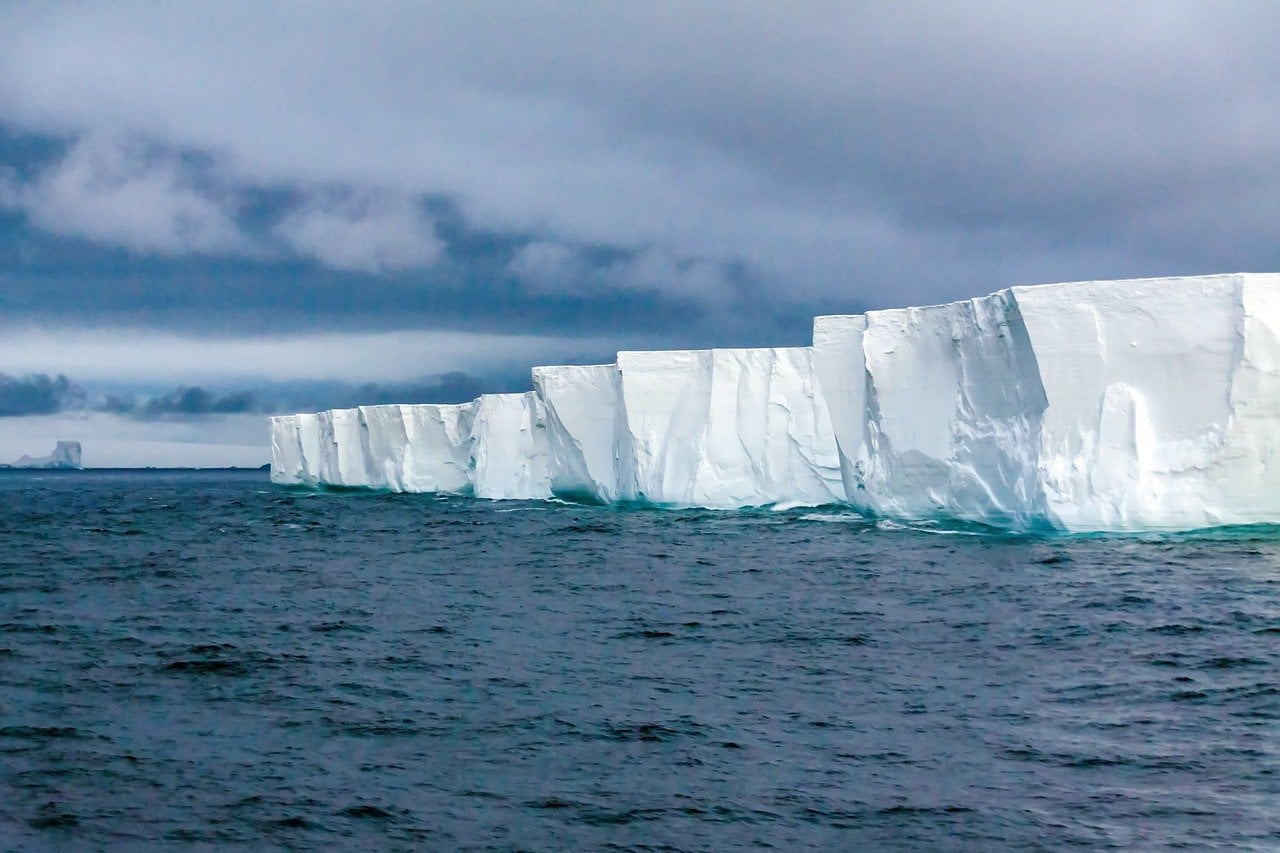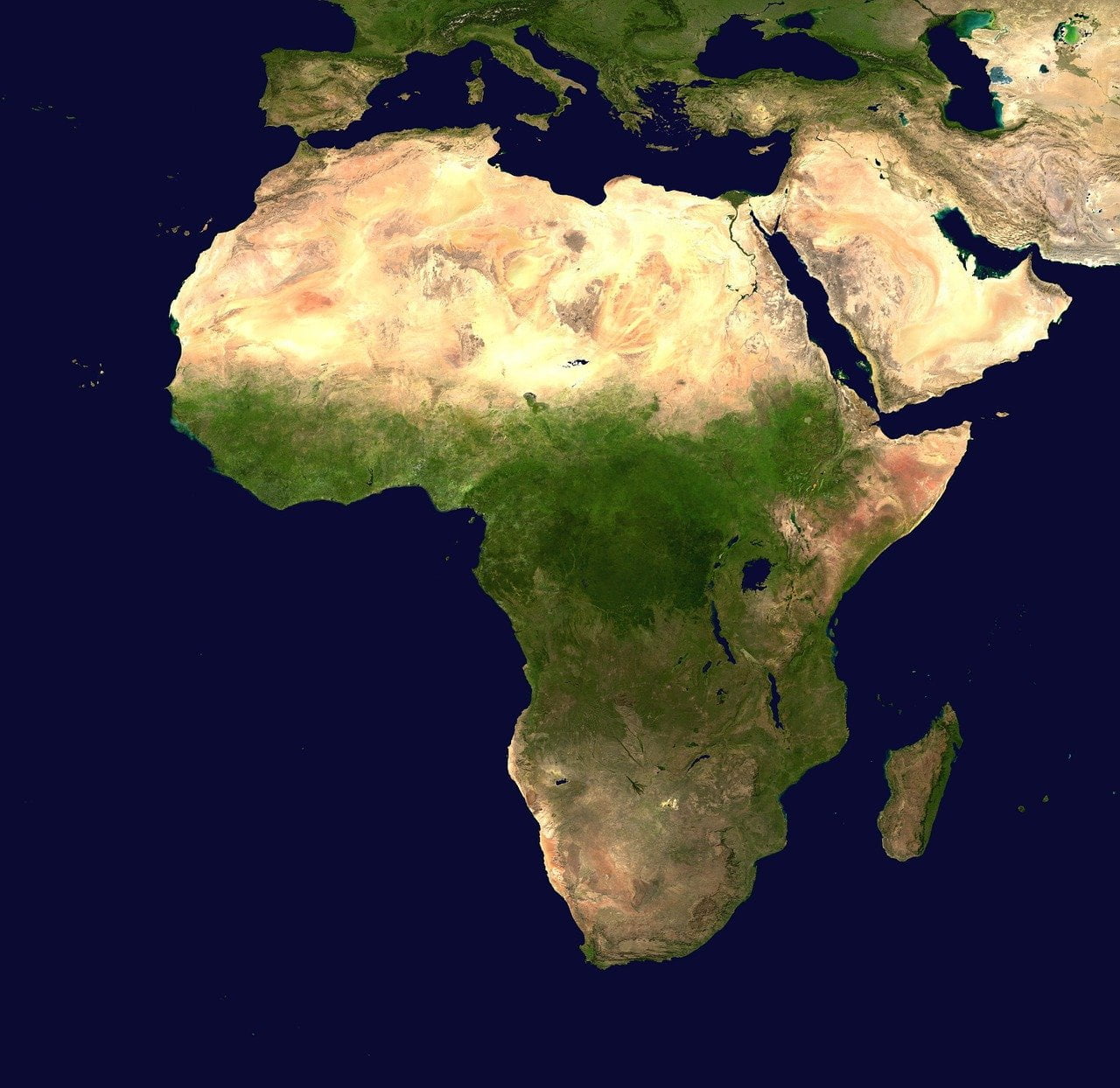Stay Connected❣️

Want to know what is the largest continent in the world? The seven regions of the world are generally considered to be continents. These seven regions are Asia, Africa continent, North America, South America, Antarctica, Europe and Australia. Variation along certain continents may add to some of these.
Asia is the largest in both population and area. But would like to know about other continents. Here is a list of the top 10 largest continents in the world by area.

Asia is the biggest and most populous continent of the Earth. It is mainly located in the Eastern and Northern Hemispheres. It shares the continental terrain of Eurasia with the continent of Europe and the continental terrain of Afro-Eurasia with both Europe and Africa.
Asia has an area of 44,579,000 square kilometers, about 30% of the Earth’s total landmass and 8.7% of the Earth’s total surface area. The continent, which has long been home to most of the human population, was previously the site of many civilizations.
Asia is notable not only for its overall large size and population, but also for densely and large settlements, as well as vastly populated regions. Its 4.5 billion people (as of June 2019) make up about 60% of the world’s population.
See Also: Top 10 Highest Buildings In The World 2023

Africa is the world’s second-largest and second-most populous continent, after Asia in both cases. Approximately 30.3 million km2, including adjacent islands, it covers 6% of the Earth’s total surface area and 20% of its land area.
With 1.3 billion people as of 2018, it is about 16% of the world’s human population. Africa’s population is the youngest amongst all the continents; the median age in 2012 was 19.7, when the worldwide median age was 30.4.
Despite a wide range of natural resources, Africa has at least the wealthiest continent per capita, due to geographical constraints, the legacy of European colonialism in Africa, and the Cold War, undemocratic governance, and despicable policies.
Despite this low concentration of wealth, recent economic expansion and large and young populations make Africa an important economic market in the broader global context.

North America is a continent entirely within the Northern Hemisphere and almost all within the Western Hemisphere. It can also be described as the northern subcontinent of the Americas. It lies north of the Arctic Ocean, east of the Atlantic Ocean, southeast by South America and the Caribbean Sea, and west and south by the Pacific Ocean. Because it is on the North American tectonic plate, Greenland is geographically included as part of North America.
North America covers an area of approximately 24,709,000 square kilometer. It is about 16.5% of the Earth’s land area and about 4.8% of its total surface.
North America ranks third in all seven continent in the world by area after Asia and Africa and the fourth population after Asia, Africa and Europe. In 2013, it had a population of about 579 million in 23 independent states, or about 7.5% of the world’s population.

South America is a continent with a relatively small portion in the Northern Hemisphere, mostly in the Western Hemisphere and mostly in the Southern Hemisphere. It can also be described as the southern subcontinent of the Americas.
The context of South America rather than other regions has increased in recent decades due to the changing geopolitical dynamics.
South America has an area of 17,840,000 square kilometer. As of 2018 its population is estimated at over 423 million. South America ranks fourth in 7 continent in the world by area and fifth in population.
Brazil is by far the most populous South American country, with more than half of the continent’s population, followed by Colombia, Argentina, Venezuela and Peru. In recent decades, Brazil has also generated half of the continent’s GDP and became the continent’s first regional power.
See Also: Top 10 Tallest Trees In The World By Species

Antarctica is the southernmost continent of the Earth. It includes the Geographical South Pole and is located in the Antarctic region of the Southern Hemisphere. It is almost entirely south of the Antarctic Circle, and is surrounded by the Southern Ocean.
At 14,200,000 square kilometer, it is the fifth biggest continent and nearly twice that of Australia. It is by far the least populated continent, with about 5,000 people living in summer and about 1,000 in winter.
About 98% of Antarctica is covered by ice, with a thickness of 1.9 km, which extends to all but the McMurdo Dry Valleys and the northernmost reaches of the Antarctic Peninsula.

Europe is a continent located entirely in the Northern Hemisphere and mostly in the Eastern Hemisphere. It includes the western peninsula of the continental territory of Eurasia. It is surrounded by the Arctic Ocean in the north, the Atlantic Ocean in the west, the Mediterranean Sea in the south and Asia in the east.
Europe is generally considered to be separated from Asia by the waterways of the Ural Mountains, the Ural River, the Caspian Sea, the Greater Caucasus, the Black Sea, and the Turkish Strait.
Although most of this range is on land, Europe is usually given the status of a great continent due to its great physical size and the weight of its history and traditions. It is the second largest continent in the world.
See Also: Top 10 Most Beautiful Places In The World 2023

The Australian continent is sometimes known by the names of Sahul, Australian or Magnesia to separate the continent from Australia’s country. In it, they are included on Australia’s continental plate.
It includes the island of mainland Australia, Tasmania and New Guinea, in which Papua New Guinea and Western New Guinea (Papua of Papua and Indonesia) are included. “Sahul” name takes its name from Sahul Shelf, which is part of the continental shelf of the Australian continent.
Located in the geographic region of Oceania, Australia is the smallest continent in the world.
Hello friends, this is new updated post on this site, if you like this post information then please share your important feedback via comments. Thank you!